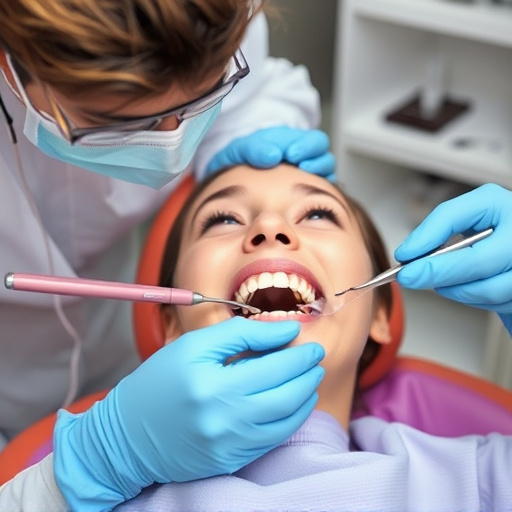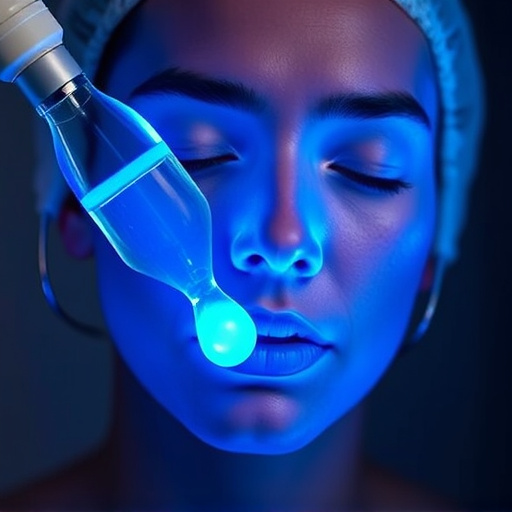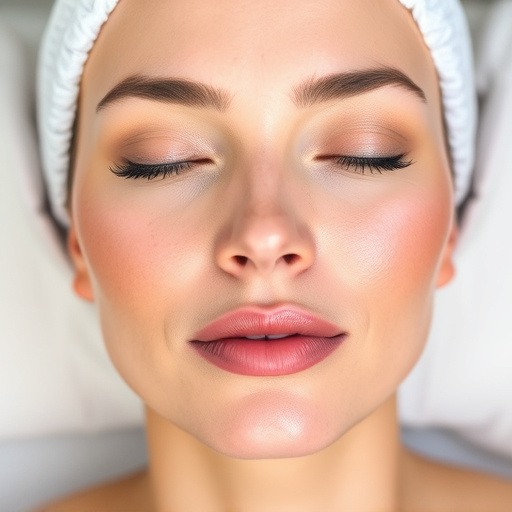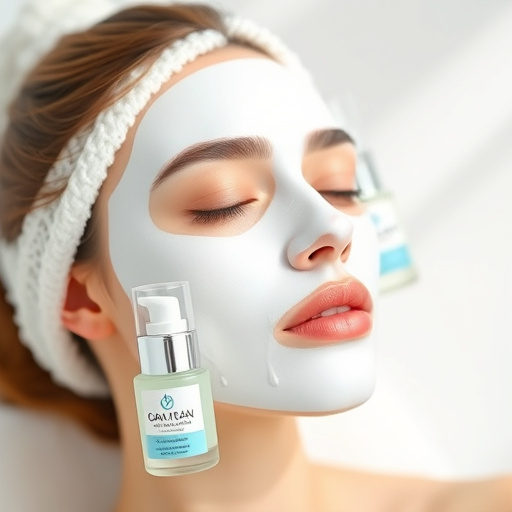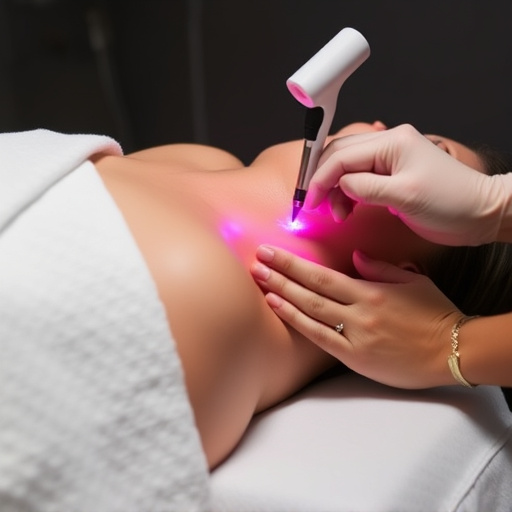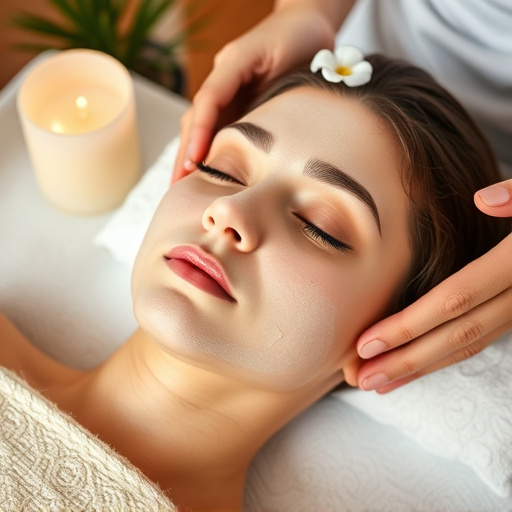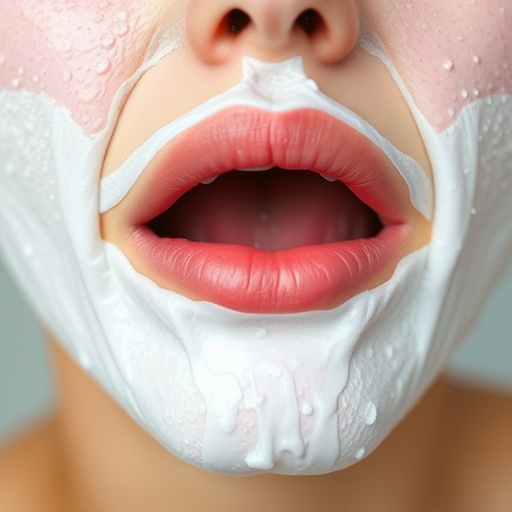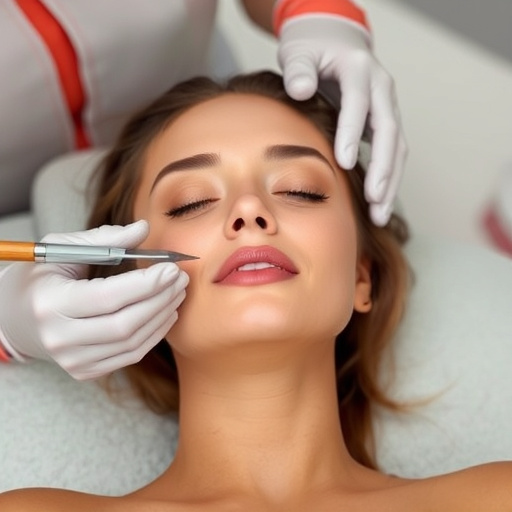Early intervention is vital for effective razor bump treatment. Aim to start treatment as soon as bumps appear or after shaving to prevent scarring. Professional methods like chemical peels, microdermabrasion, and laser therapy disrupt the bump cycle through exfoliation and inflammation reduction. Prompt action, combined with a consistent skincare routine and proper post-care, ensures smoother, bump-free skin. Always consult a dermatologist for personalized advice.
Are you tired of dealing with unsightly razor bumps? Understanding the best time to apply razor bump treatment is key to achieving smooth, clear skin. This comprehensive guide delves into the science behind razor bumps and their cycle, providing insights on when to target them for optimal results. From post-shave care to recovery tips, learn how to banish these pesky bumps once and for all. Discover effective strategies for a smoother, bump-free experience with expert advice on razor bump treatment.
- Understanding Razor Bumps and Their Cycle
- When to Apply Treatment for Optimal Results
- Post-Treatment Care and Recovery Tips
Understanding Razor Bumps and Their Cycle
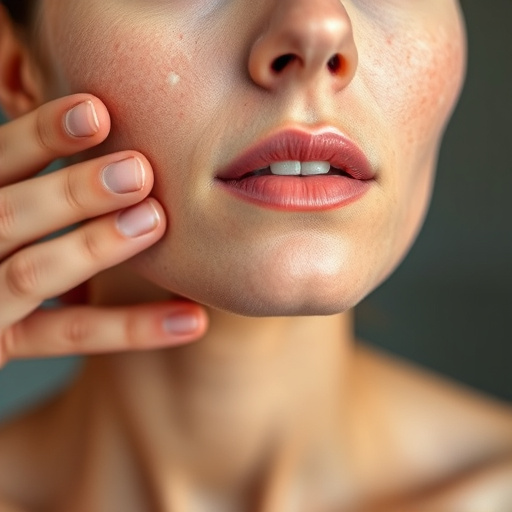
Razor bumps, also known as pseudofolliculitis barbatia, are a common skin condition that occurs when hair follicles become irritated and inflamed after shaving or other forms of hair removal. Understanding the cycle of razor bumps is crucial in determining the best time to apply treatment for optimal results. The cycle typically begins with shaving, which can cause tiny cuts and hair follicles getting trapped beneath the skin’s surface. This triggers an inflammatory response, leading to red, raised bumps that can be itchy and painful.
Over time, these bumps may heal on their own, but they often leave behind dark spots or hyperpigmentation, creating a visible reminder of the initial irritation. Chemical peels and facial treatments like microdermabrasion or laser therapy can help disrupt this cycle by exfoliating the skin, reducing inflammation, and promoting skin rejuvenation. For best results with razor bump treatment, it’s essential to start early during the active phase of the bump formation to prevent scarring and achieve clearer, smoother skin.
When to Apply Treatment for Optimal Results

The best time to apply razor bump treatment for optimal results is immediately after shaving or when bumps are first noticed. This proactive approach ensures that any inflammation or irritation is addressed while it’s still in its early stages, preventing further skin damage and reducing the appearance of bumps over time. Using a professional skincare routine that includes products designed for body contouring can enhance the effectiveness of the treatment.
For those seeking more intensive solutions, chemical peels can also be incorporated into your skincare regimen. These treatments exfoliate the skin, removing dead skin cells and promoting cell turnover, which can help smooth out roughness and reduce the visibility of razor bumps. Remember, consistency is key; regular application of the chosen treatment method will yield the best results in achieving smoother, bump-free skin.
Post-Treatment Care and Recovery Tips

After receiving your razor bump treatment, proper post-care is essential for optimal results and a smoother recovery process. It’s crucial to listen to your dermatologist or specialist’s advice, as they may provide specific guidance tailored to your skin type and the severity of your razor bumps. Generally, this involves keeping the treated area clean and avoiding strenuous activities that could irritate the skin. Using gentle, fragrance-free cleansers and patting the skin dry rather than rubbing is recommended.
During the recovery period, hydration becomes a key focus for personalized skincare. Applying a light, non-comedogenic moisturizer can help soothe and heal the skin while reducing any potential itching or irritation. Additionally, some professionals suggest mild exfoliation to remove dead skin cells and promote skin rejuvenation. However, it’s vital to consult your dermatologist before incorporating any new products into your routine to ensure they are suitable for your skin and won’t cause further complications.
Knowing the best time to apply razor bump treatment is crucial for achieving optimal results. By understanding the cyclical nature of razor bumps and when to intervene, you can effectively manage and reduce their appearance. Following a well-timed treatment routine, coupled with proper post-care, ensures your skin heals and recovers, leading to smoother, healthier skin. Incorporate these tips into your skincare regimen for effective management of razor bumps and enjoy the benefits of a bump-free, confident you.
